







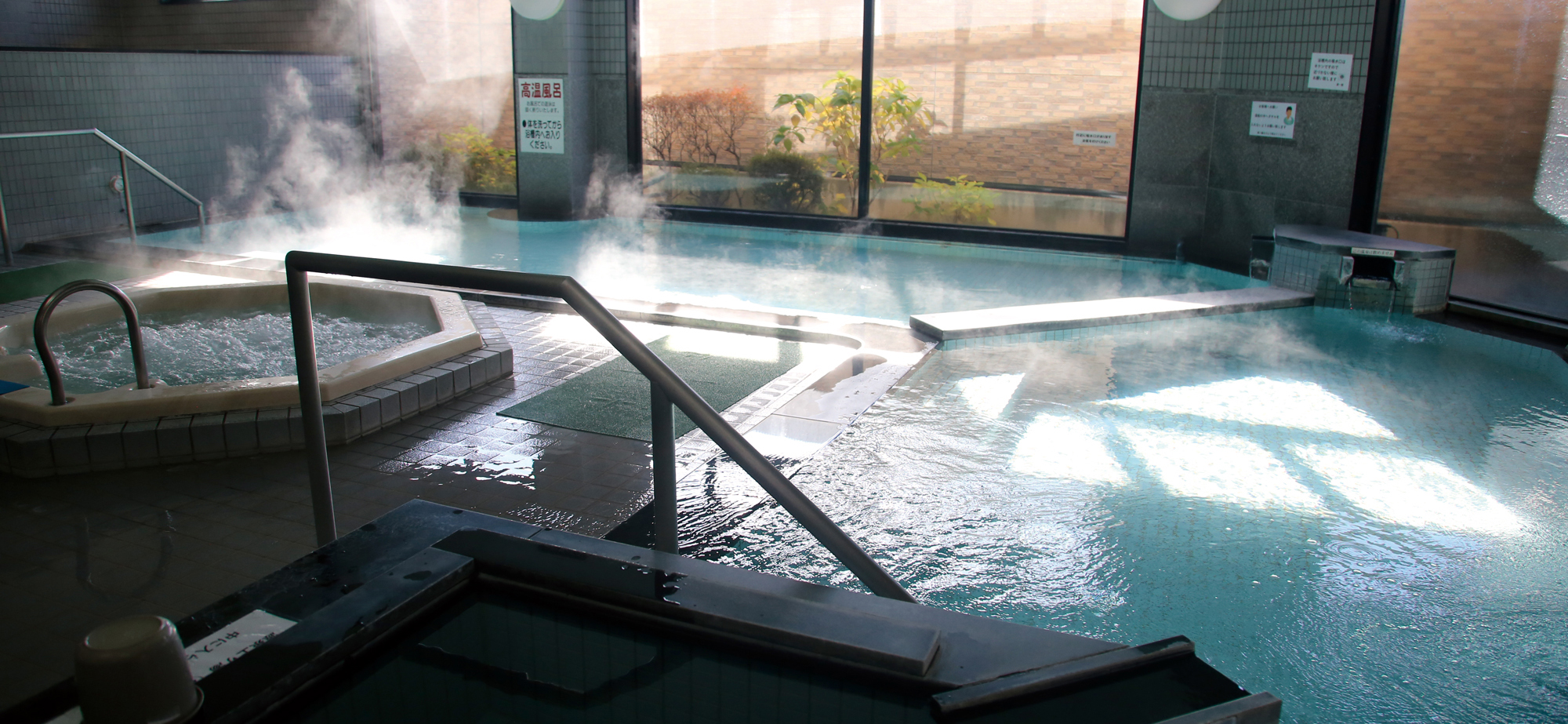
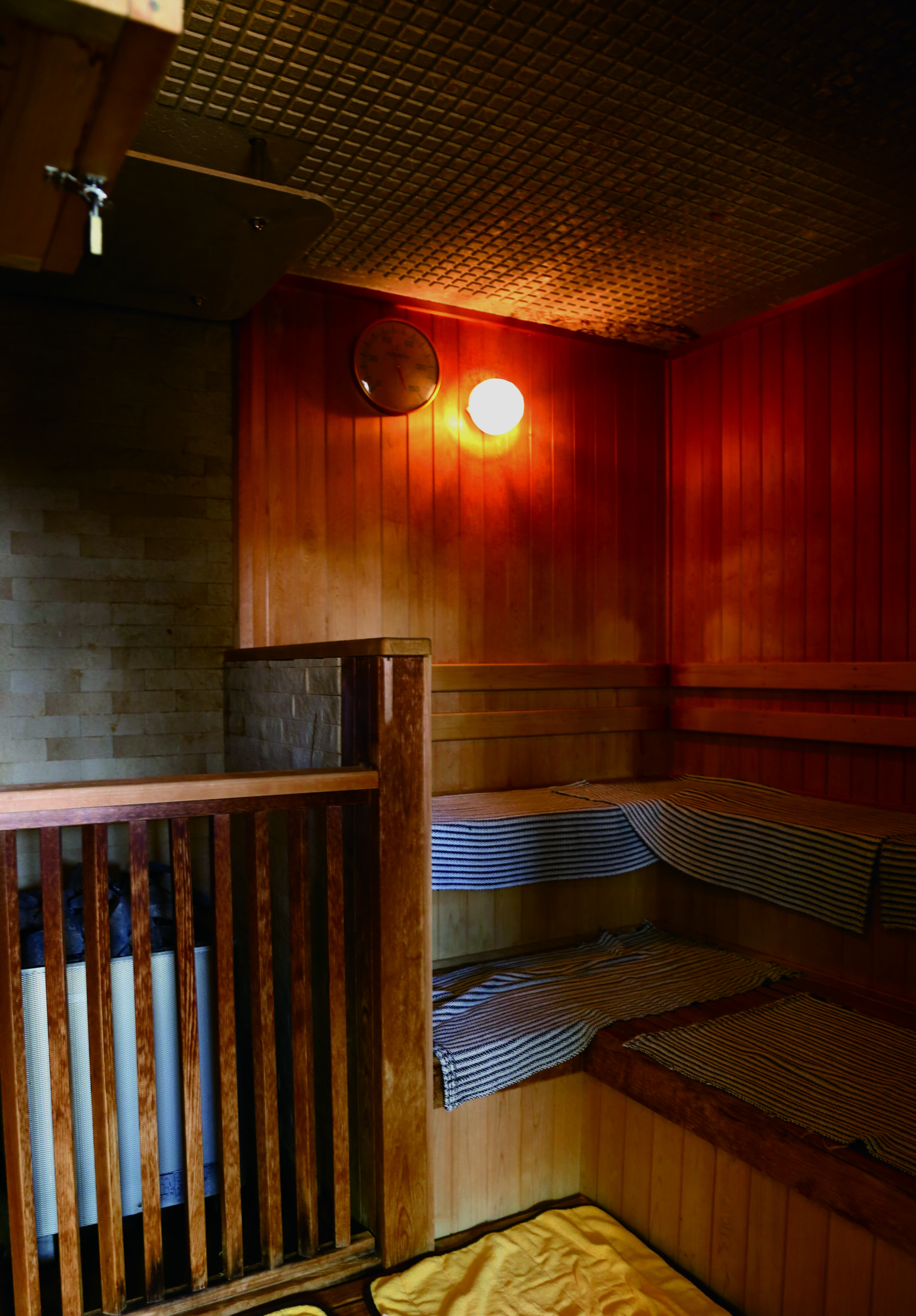
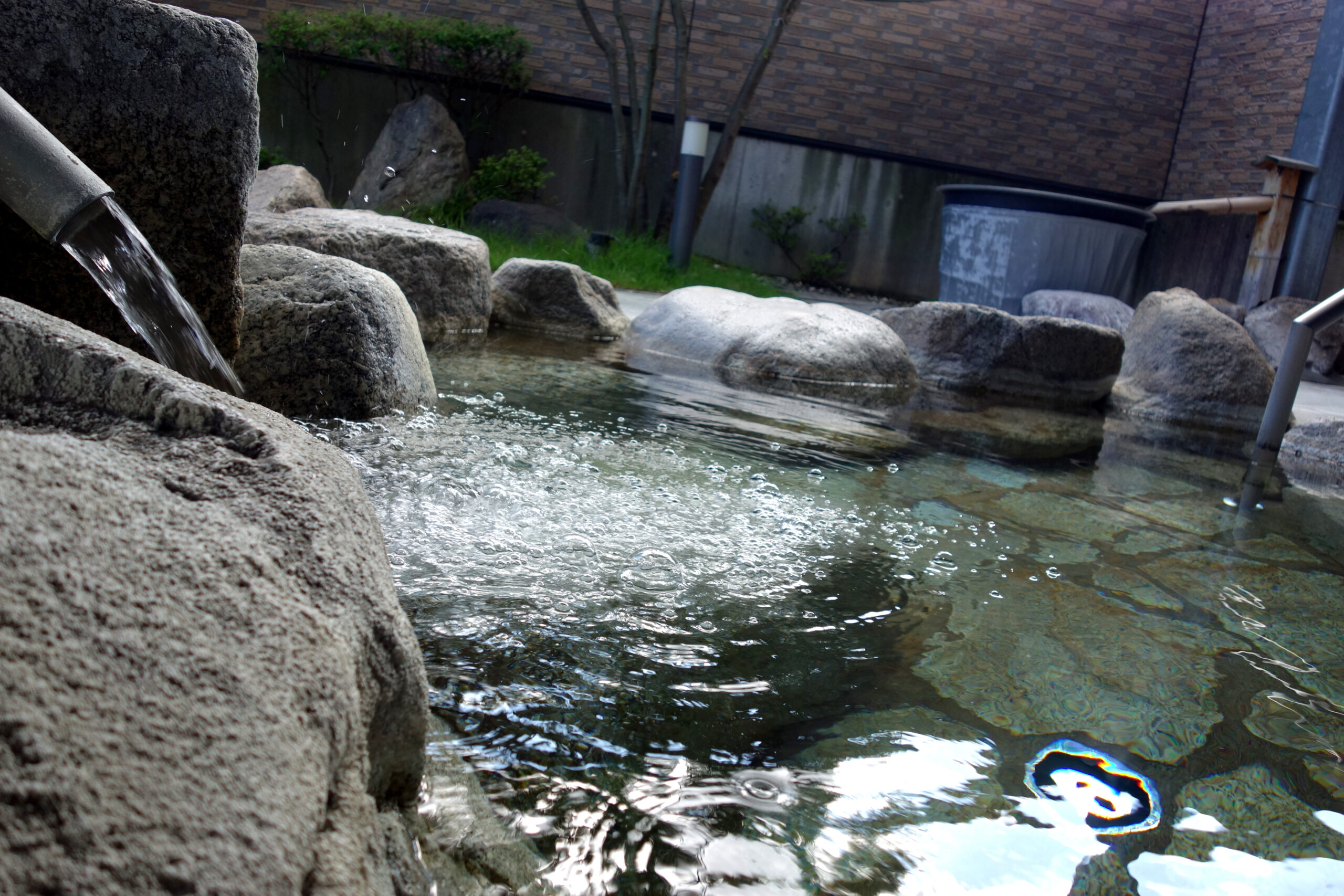
Bathing hours 5:00~10:00/14:30~24:00
※People with tattoos are not allowed to bathe.
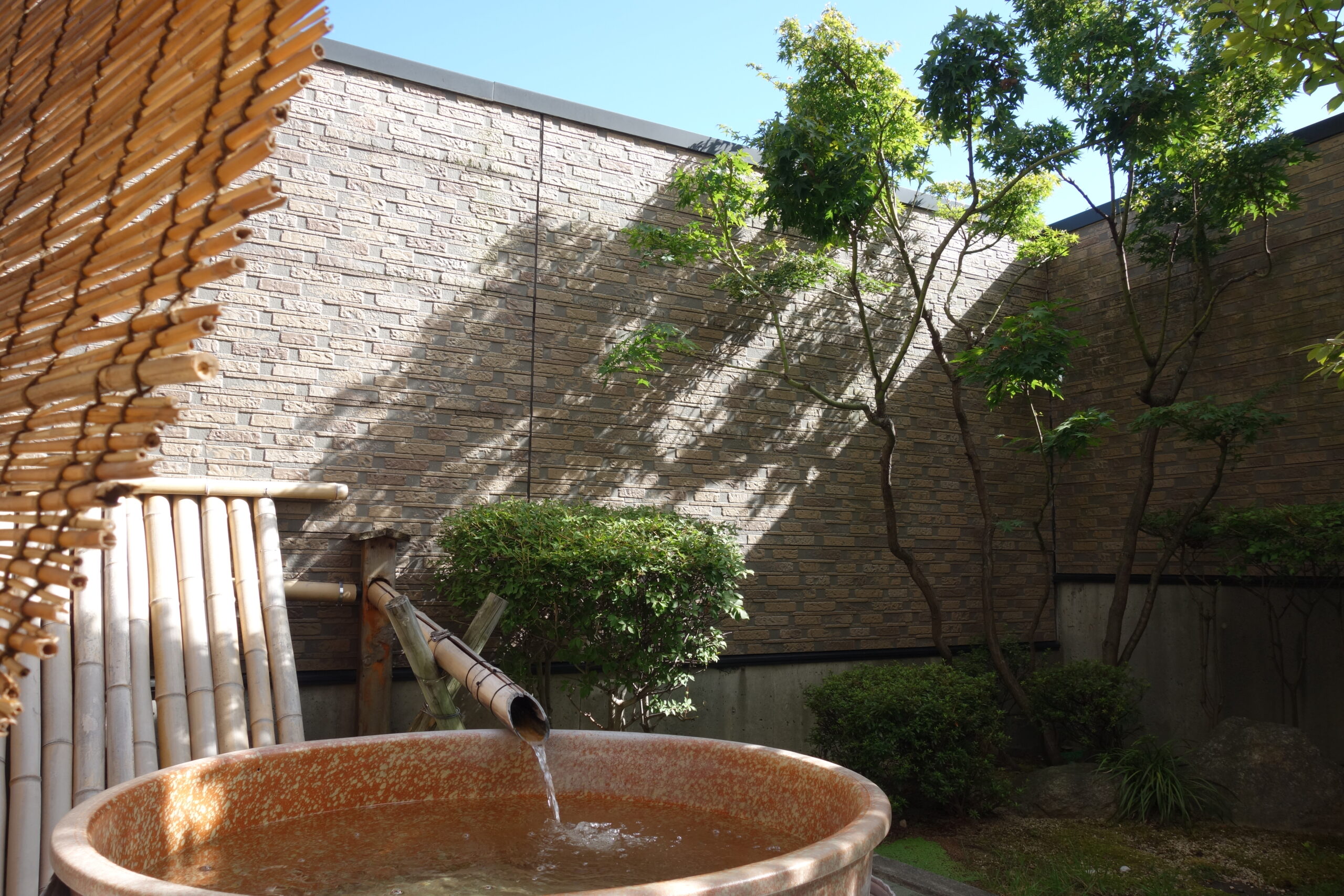
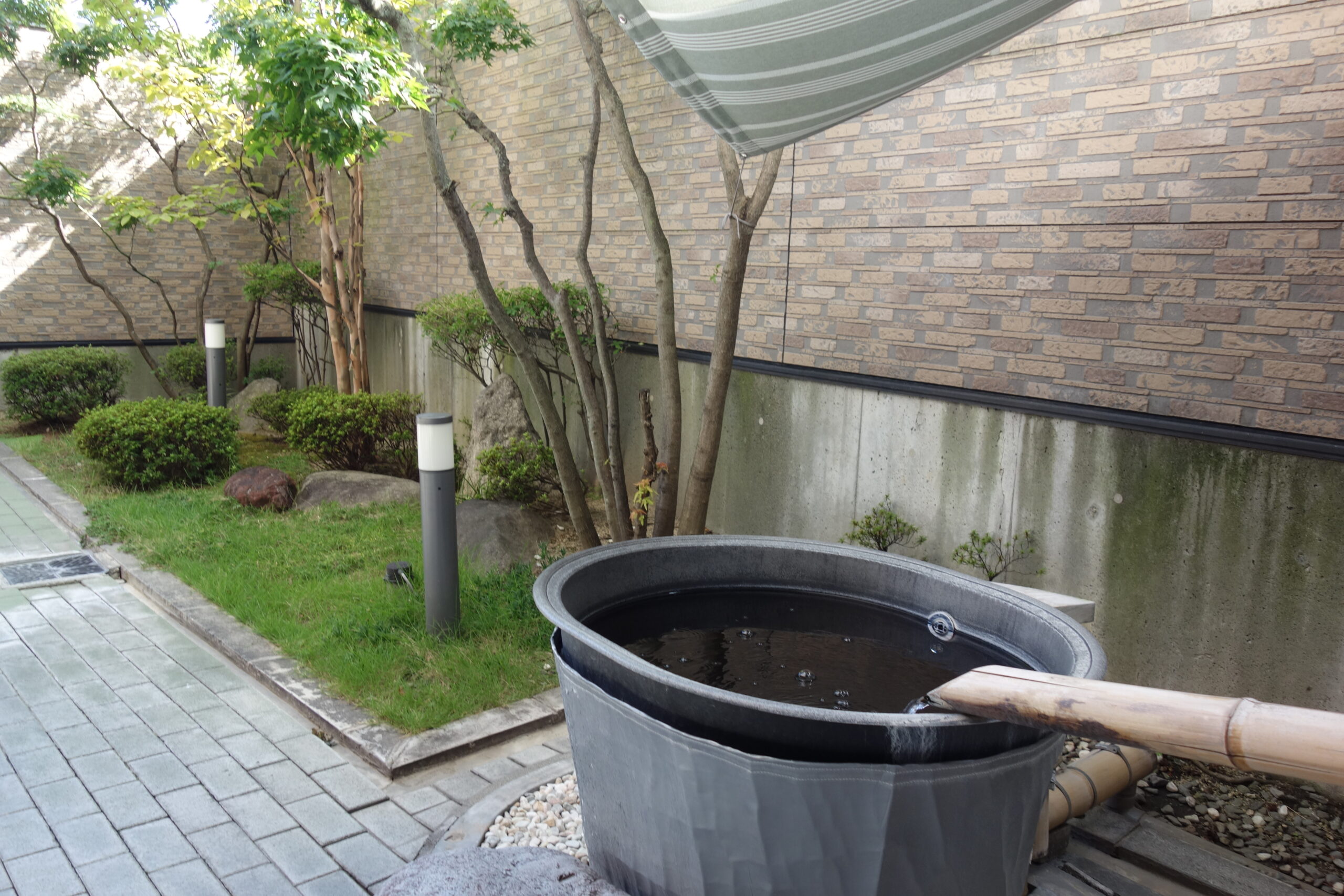
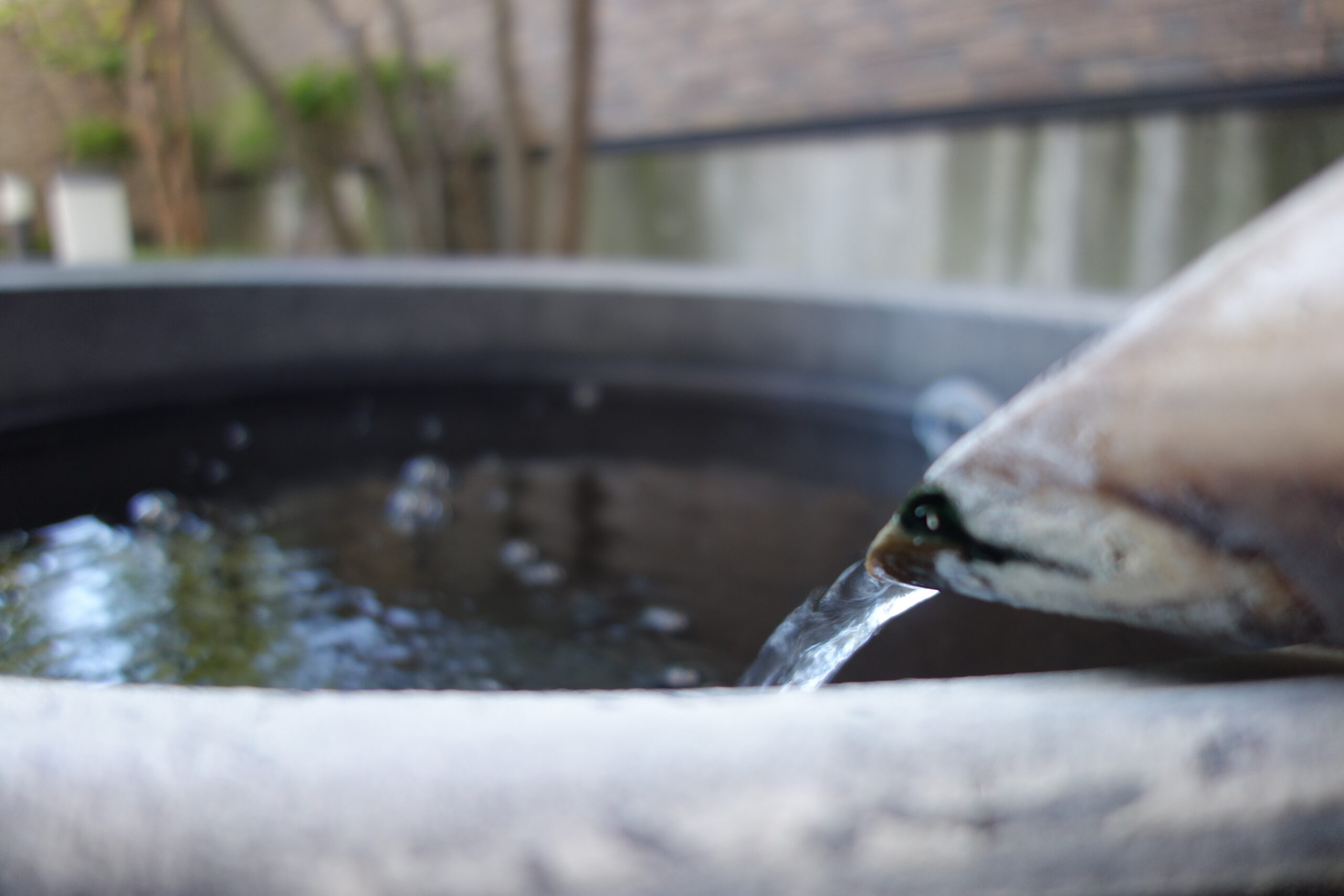
(a) Avoid bathing immediately before or after eating or after drinking alcohol. Especially avoid bathing while intoxicated.
(b) When you are overly fatigued, rest your body.
(c) Rest your body for about 30 minutes after exercise.
(d) It is recommended that elderly people, children, and people with physical disabilities avoid bathing alone.
(e) Before entering the bathtub, pour hot water over your hands and feet to get used to the temperature, and wash your body.
(f) When taking a bath, especially when taking a bath immediately after waking up, be sure to drink at least one glass of water in advance to avoid dehydration.
(a) Bathing temperature Elderly people, people with hypertension or heart disease, or people who have experienced a stroke should avoid bathing at temperatures higher than 42℃.
(b) Bathing style For people with impaired cardiopulmonary function, half-body bathing or partial bathing is preferable to full-body bathing.
(C) Frequency of bathing For the first few days after starting bathing, bathing should be done once or twice a day, and once the child gets used to it, the number of bathing times may be increased to two or three times.
(d) Bathing time Although it varies depending on the bathing temperature, the bathing time should be approximately 3 to 10 minutes at first, and may be extended to approximately 15 to 20 minutes once the child gets used to it.
(a) Except for exercise baths, generally take a bath quietly, moving your hands and feet only slightly.
(b) When getting out of the bathtub, do so slowly so as not to get dizzy.
(c) If you feel dizzy or feel unwell, seek help from someone nearby, slowly get out of the bathtub, keeping your head low, and lie down to rest.
(a) When starting hot spring treatment, limit the number of baths you take in the first few days to about once a day. After that, limit it to 2 or 3 times per day.
(b) The necessary period for hot spring treatment should be approximately 2 to 3 weeks.
(C) Hot water sensitivity (hot water touch or bath water reaction) may appear approximately 3 days to 1 week after the start of hot spring treatment. During the “hot bath” period, reduce the number of baths or stop bathing, and wait for the symptoms to recover.
(d) In addition to the above, please pay attention to the following points when bathing.
1.The bathing time will vary depending on the bathing temperature, but it should be around 3 to 10 minutes at first, and may be extended as the child gets used to it.
2. While bathing, except when bathing for exercise, generally maintain rest.
3. After bathing, do not wash off the hot spring ingredients that have adhered to your body with water (if you are prone to hot water sores, it is better to wash your body with fresh water after bathing or wipe off the hot spring ingredients).
4. After bathing, be careful not to let the water get cold and take a certain amount of rest.
5. For the following diseases, high-temperature bathing (42℃ or higher) is generally contraindicated. Severe arteriosclerosis/hypertension/heart disease
(e) Sudden bathing in a hot hot spring may cause dizziness, so be careful. Waiting for recovery.
(A) Do not wash away the hot spring ingredients that have adhered to your body with hot water. Wipe the water with a towel, keep warm with clothes on, and rest for about 30 minutes. (for example, acid springs, sulfur springs, etc.) or where chlorine disinfection is performed as necessary, it is better to wash away the hot spring components with warm water).
(b) To avoid symptoms of dehydration, drink at least one glass of water.
(c) About 3 days to 1 week after starting hot spring treatment, hot spring symptoms such as discomfort, insomnia, or gastrointestinal symptoms, or dermatitis may appear. While this condition is occurring, stop bathing or reduce the number of baths and wait for recovery from the condition.
(d) Others To keep the bath water clean, please do not put towels in the bathtub.